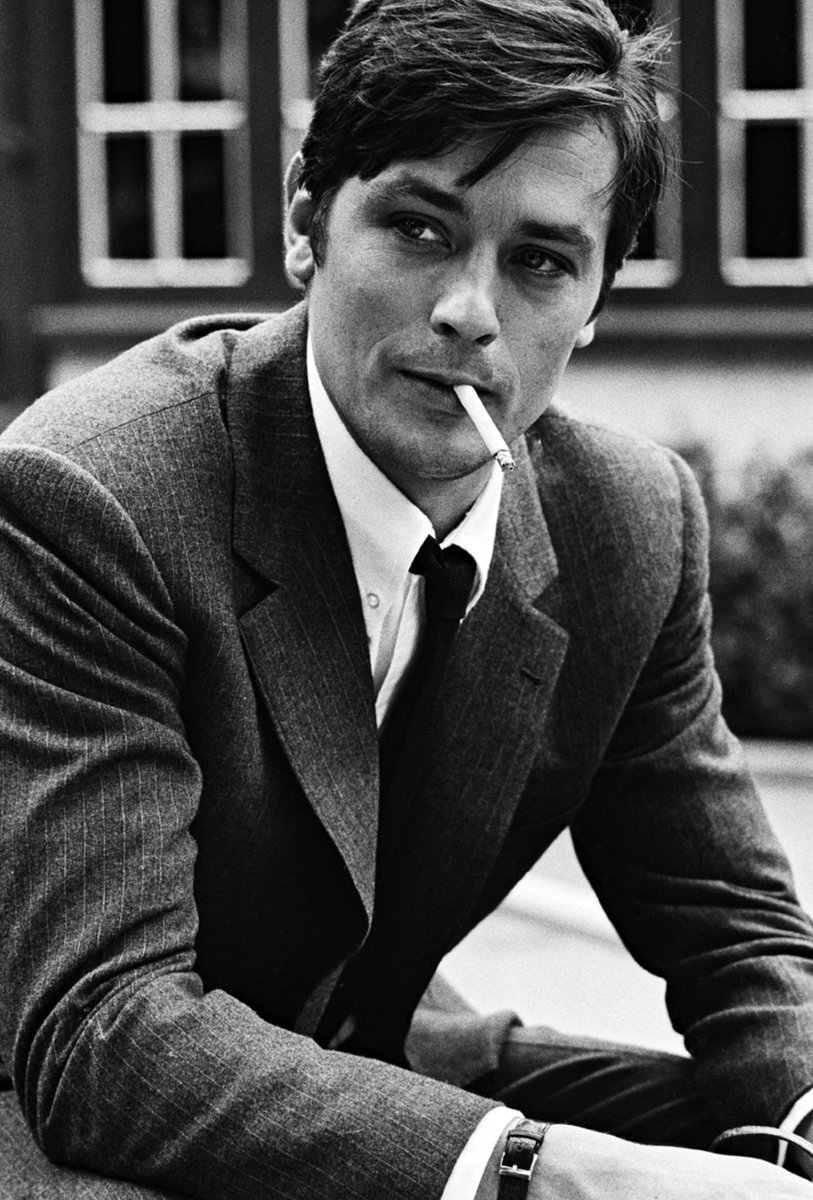
Menswear writer. Editor at @putthison. Creator of @RLGoesHard. Bylines at The New York Times, The Washington Post, The Financial Times, Esquire, and Mr. Porter




 76 subscribed
76 subscribed




 76 subscribed
76 subscribed
How to get URL link on X (Twitter) App





 76 subscribed
76 subscribed

 As always, do what you like. But if you're wearing a formal suit with formal shoes, I think you should wear socks. Not doing so is incongruous and confusing. Or, at the very least, looks dated and twee in a 2012 menswear way.
As always, do what you like. But if you're wearing a formal suit with formal shoes, I think you should wear socks. Not doing so is incongruous and confusing. Or, at the very least, looks dated and twee in a 2012 menswear way. 

 I don't really believe you have to dress for your age. You may want to consider your lifestyle, which sometimes correlates with age. But I don't think you have to dress in any particular way. Here are some older guys wearing all sorts of stuff that I think is stylish
I don't really believe you have to dress for your age. You may want to consider your lifestyle, which sometimes correlates with age. But I don't think you have to dress in any particular way. Here are some older guys wearing all sorts of stuff that I think is stylish 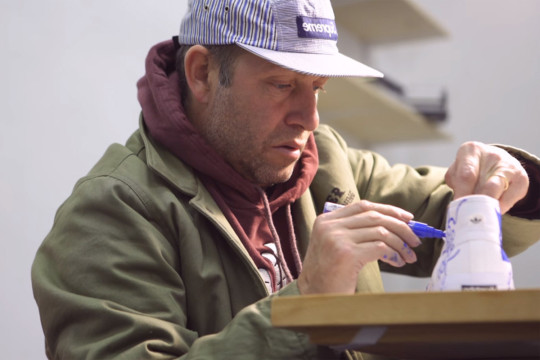






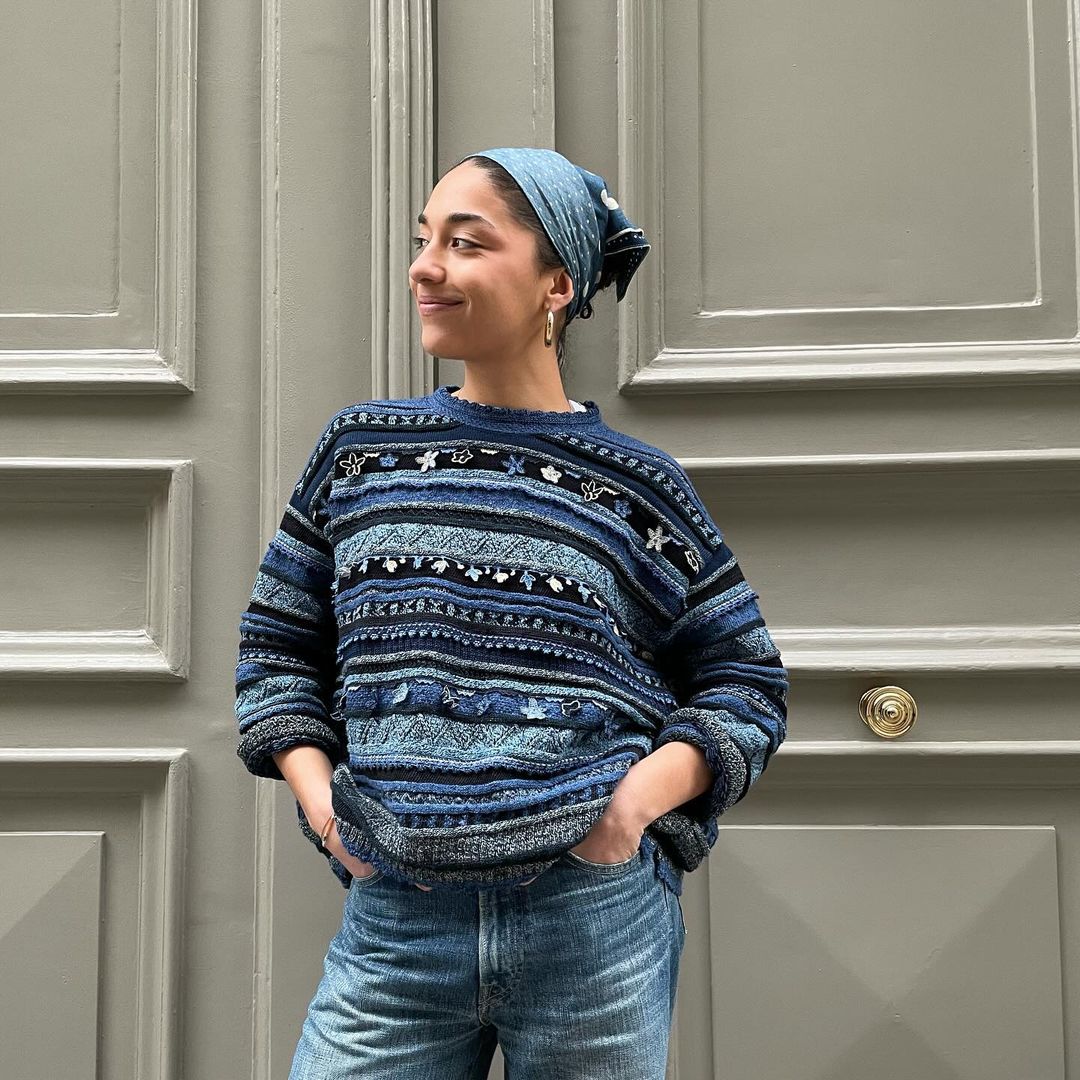
 I fell in love with 45rpm 15 years ago after coming across their lookbooks. Their lookbooks at the time were often shot by Eric Kvatek, a talented photographer who now works for Kapital. Here are some images from more recent lookbooks (my old image files are too low res)
I fell in love with 45rpm 15 years ago after coming across their lookbooks. Their lookbooks at the time were often shot by Eric Kvatek, a talented photographer who now works for Kapital. Here are some images from more recent lookbooks (my old image files are too low res) 
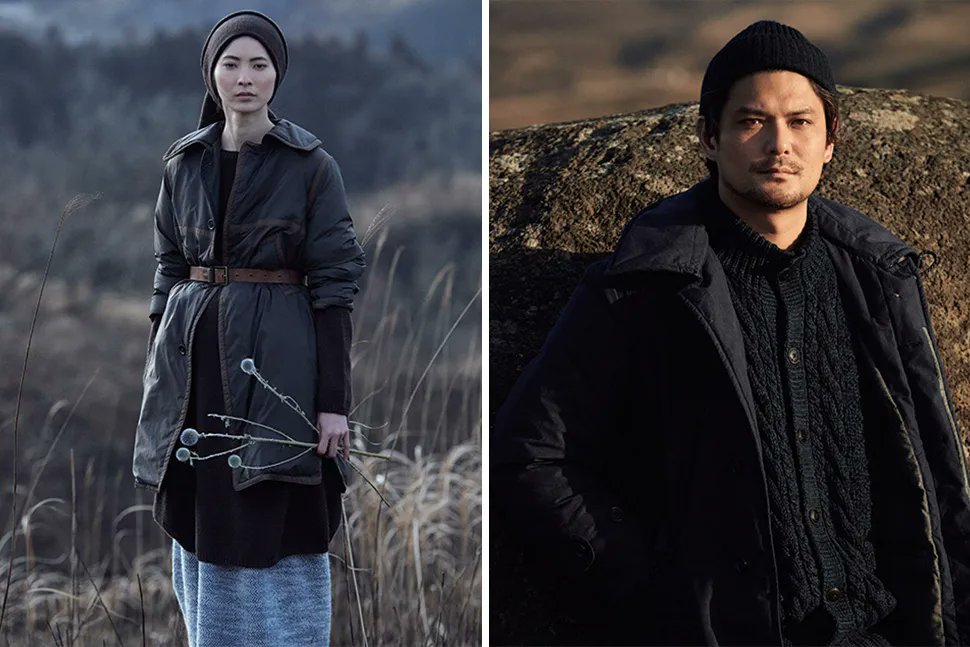
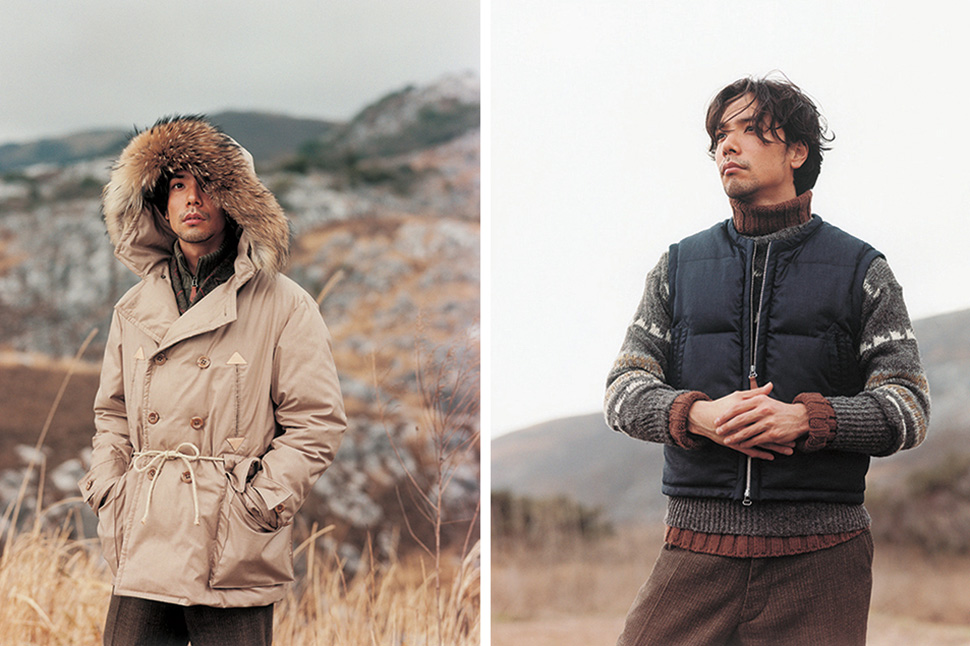
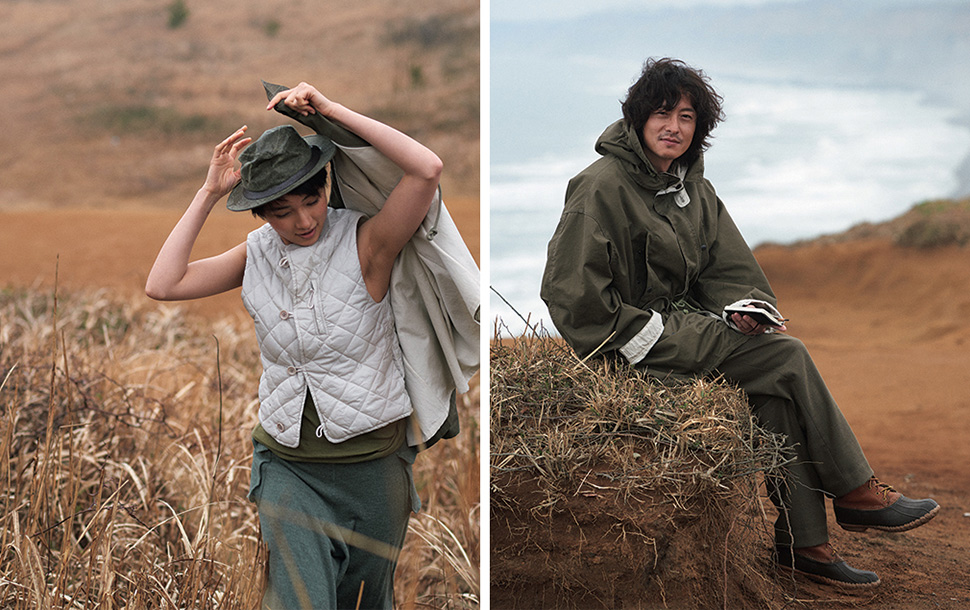

https://twitter.com/sumpfgas/status/1785553774834008232In this old Brooks Brothers catalog from 1915, we see an entry for Chesterfields, a type of single-breasted "city coat" made with a velvet collar. At the time, Brooks Brothers offered these in Vicuna, Cheviot, and Elysian. Coats were lined in satin and piped with velvet.



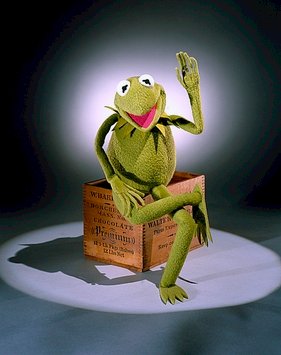 Let's again start with the basics.
Let's again start with the basics. 


https://twitter.com/TateTheTalisman/status/1783875443210227761On Twitter and elsewhere, I often notice that people collapse men's style into very broad forms. A suit is just a suit, and pants are just pants. But in fact, tiny differences make a huge impact, and more attention should be paid to silhouette, shape, and detailing.


https://twitter.com/SaferHaywood/status/1784258188885348767A one-button closure is considered formal. With the exception of Huntsman, a Savile Row tailoring house that has made it part of its house style, it is typically only seen on evening wear, such as dinner suits (aka tuxedos).

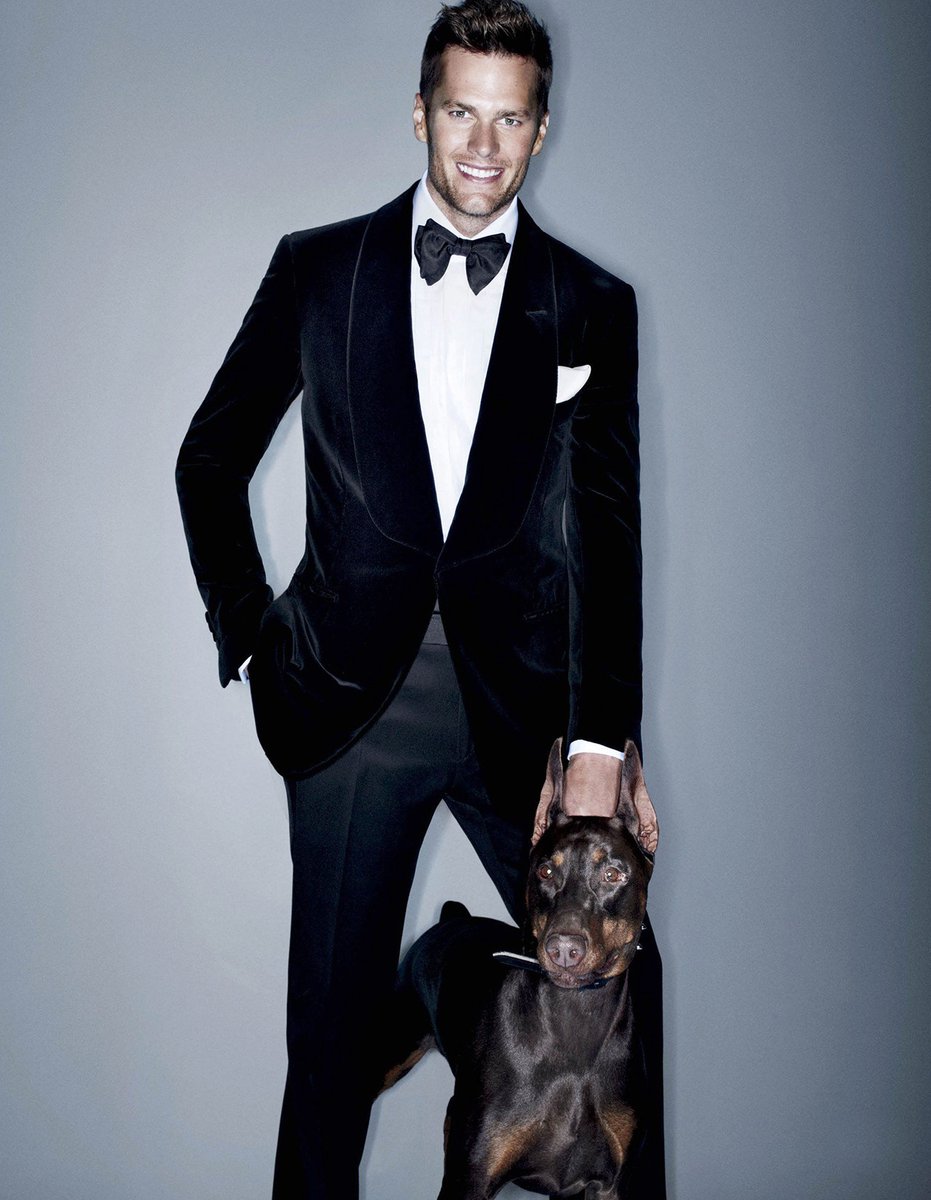
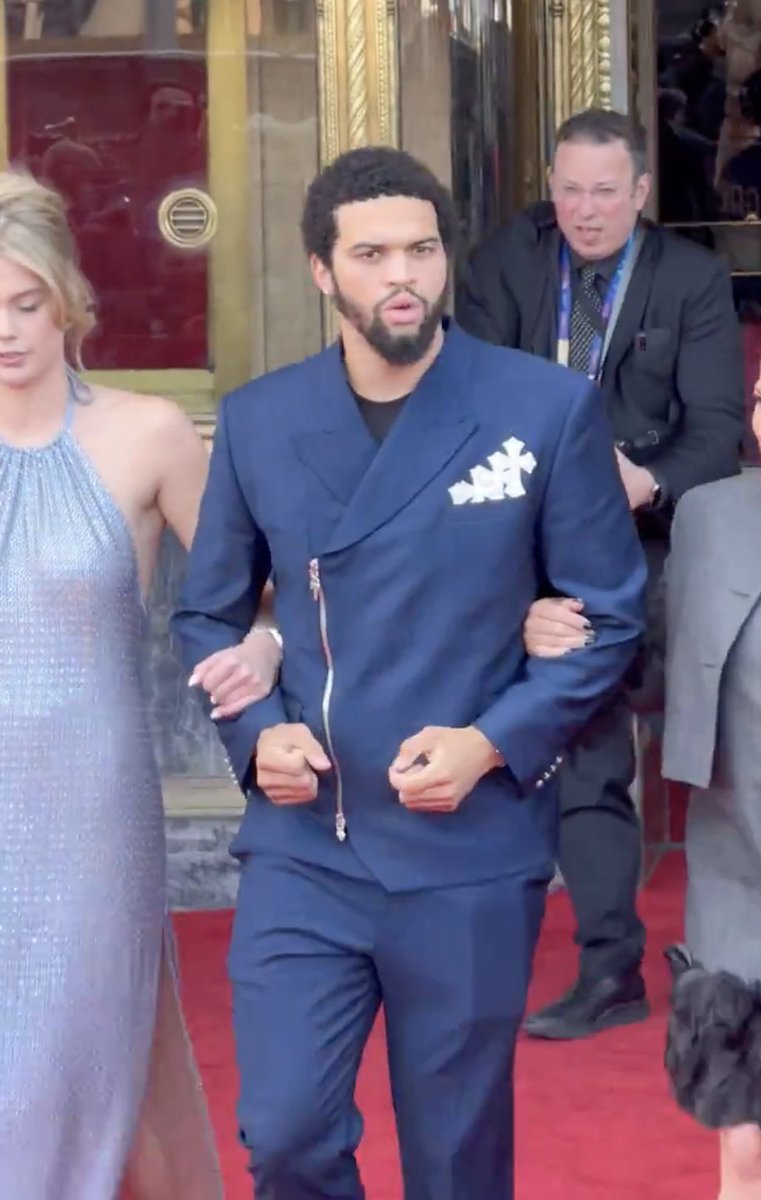

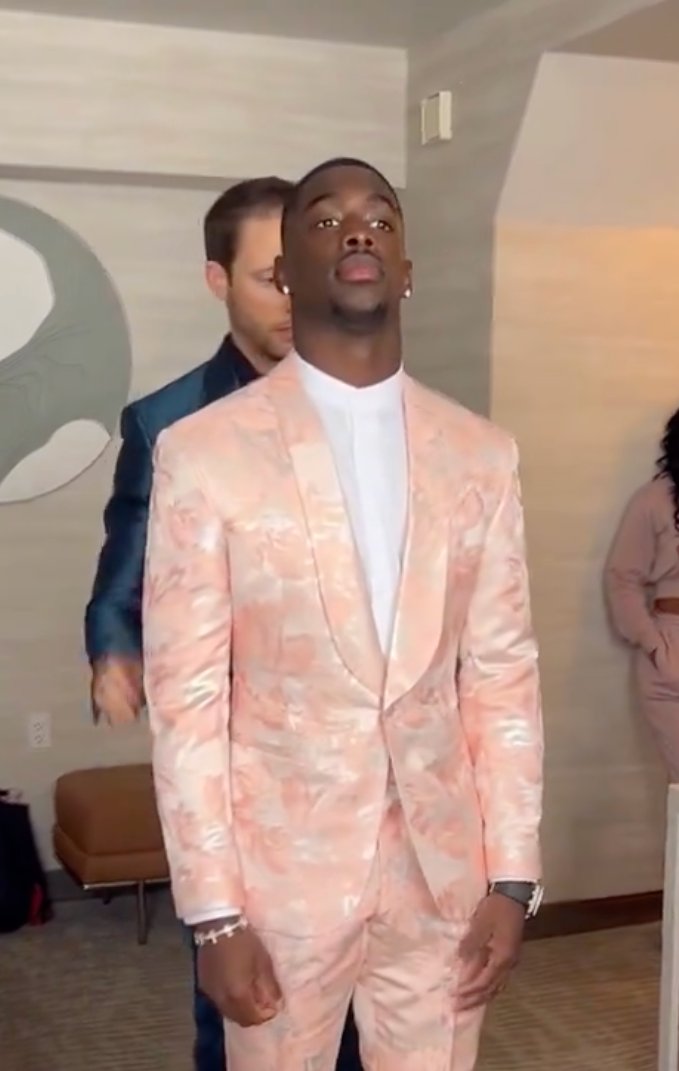 I should note I don't know anything about sports or these two men. The following is just commentary on the clothes, not them as people or athletes. Getting into the NFL is a massive accomplishment, and clothes don't take away from that. Congrats to both on their achievements.
I should note I don't know anything about sports or these two men. The following is just commentary on the clothes, not them as people or athletes. Getting into the NFL is a massive accomplishment, and clothes don't take away from that. Congrats to both on their achievements.
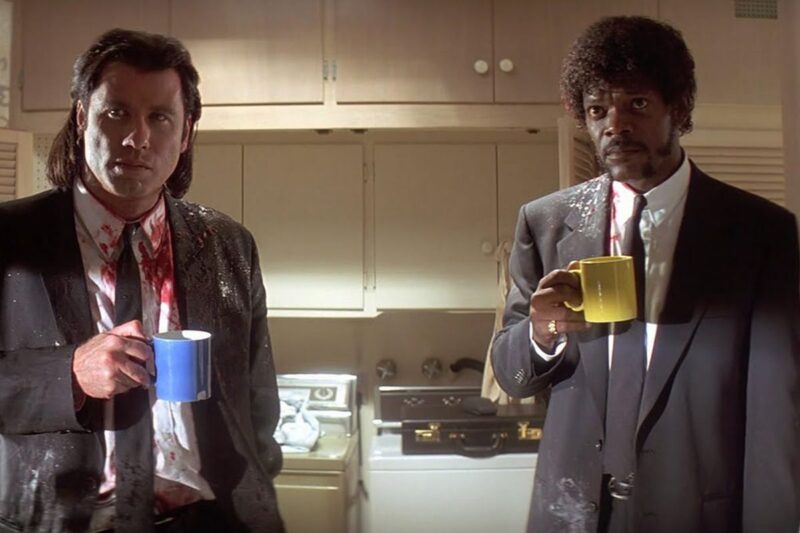
 First, dry cleaning can be harsh on clothes, so it's best to minimize how often you dry clean them. Suits, sport coats, and wool trousers don't have to be dry cleaned often, but your frequency depends on your lifestyle (e.g., smoking, climate, etc).
First, dry cleaning can be harsh on clothes, so it's best to minimize how often you dry clean them. Suits, sport coats, and wool trousers don't have to be dry cleaned often, but your frequency depends on your lifestyle (e.g., smoking, climate, etc).
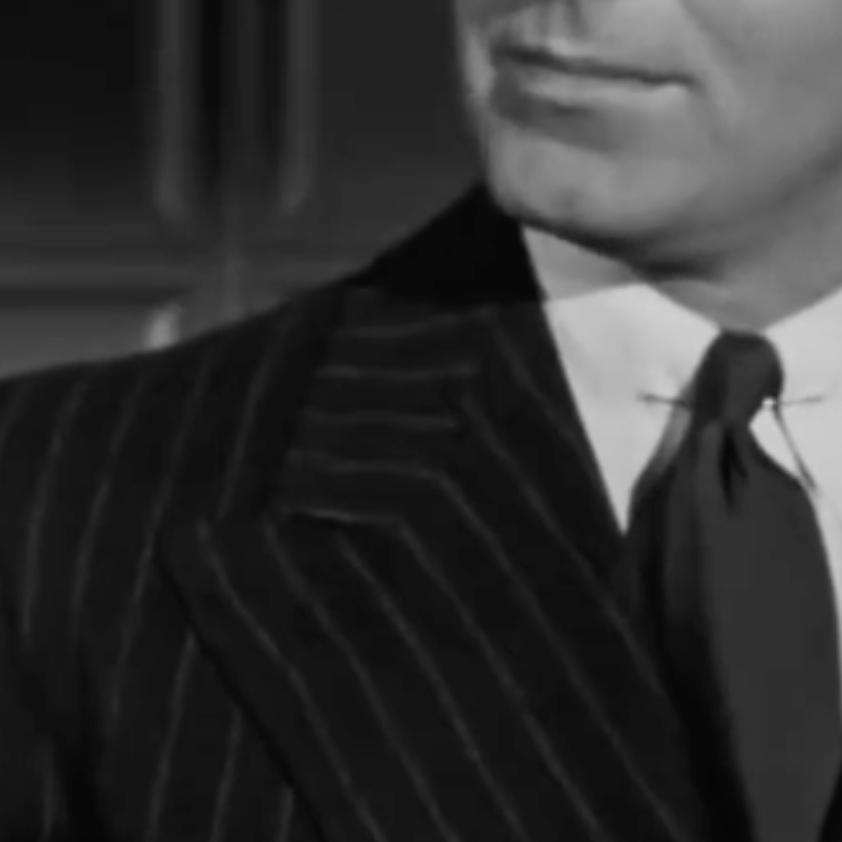
https://twitter.com/DannyDrinksWine/status/1781740866086097266One of the things that sticks out to me is the degree of care taken to align the stripe across the panels. This is not always possible across the collar, shoulder seam, and gorge because the panels are different lengths. But care was clearly taken here to minimize the mismatch.

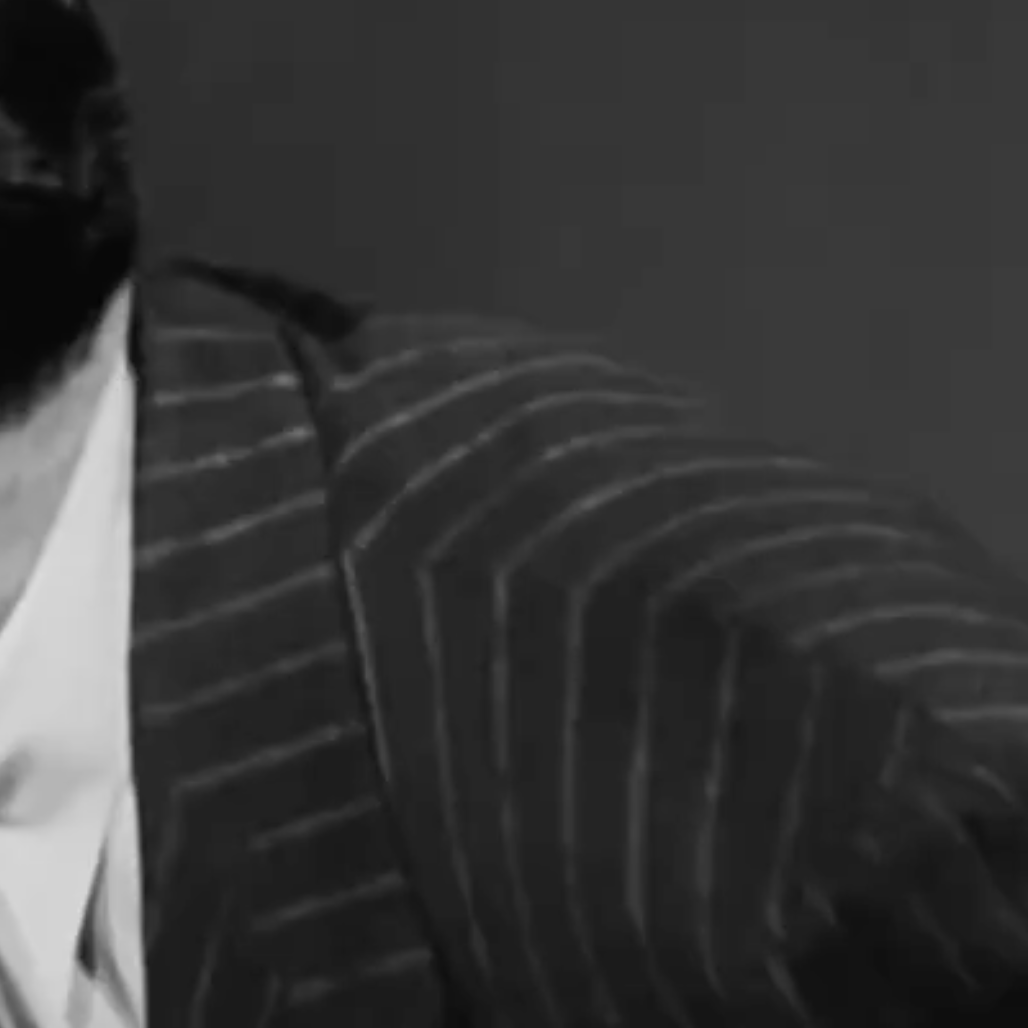
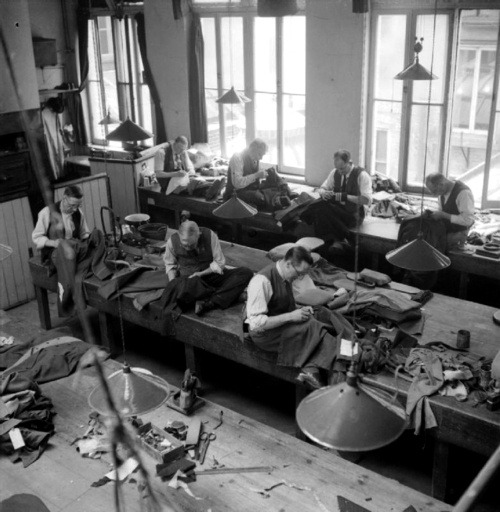
https://twitter.com/Resentneedacct/status/1781458418764595659In post-war Britain, such tailors were working-class people who were more motivated by booze than money. One guy went around Savile Row during lunchtime with cheese sandwiches stuffed into his pockets and pails of beer hanging off a broomstick. This he sold to hungry tailors.

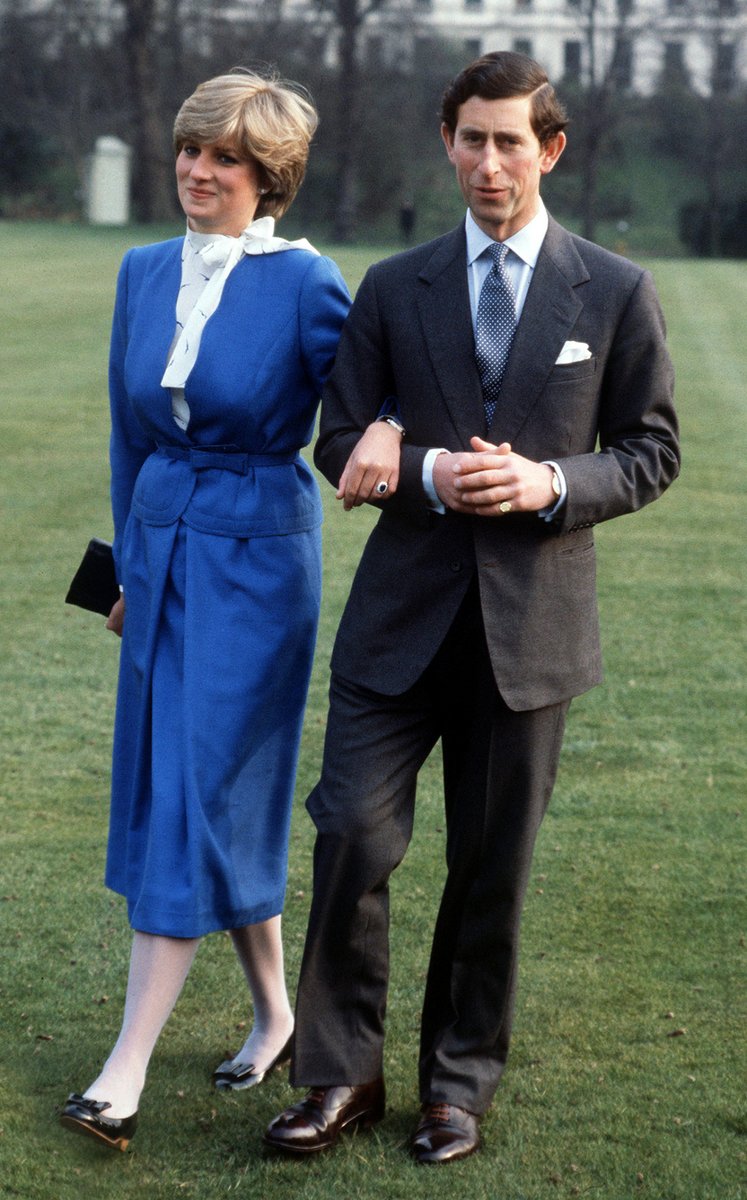
https://twitter.com/tmpbrowne/status/1781447723306061830

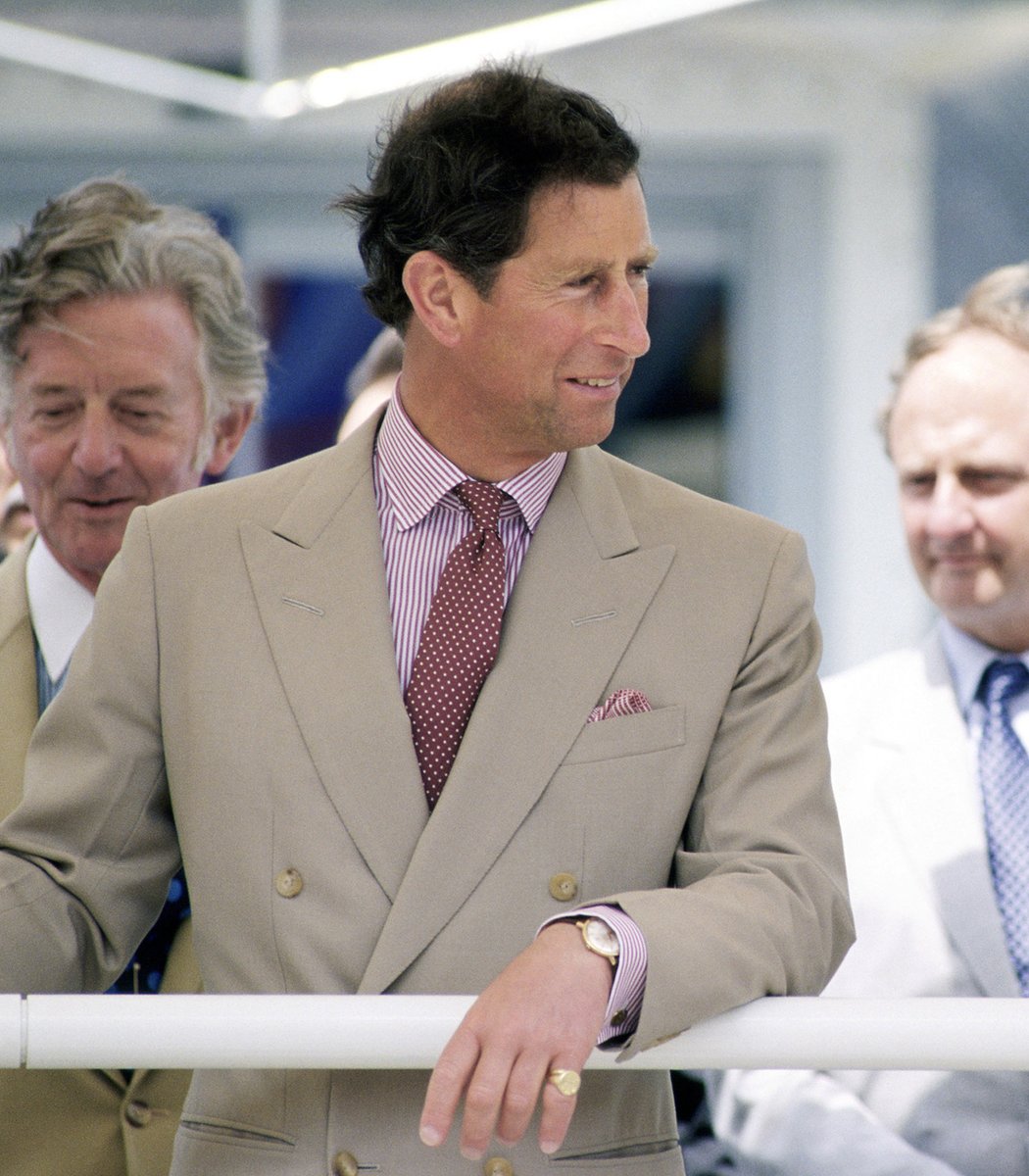
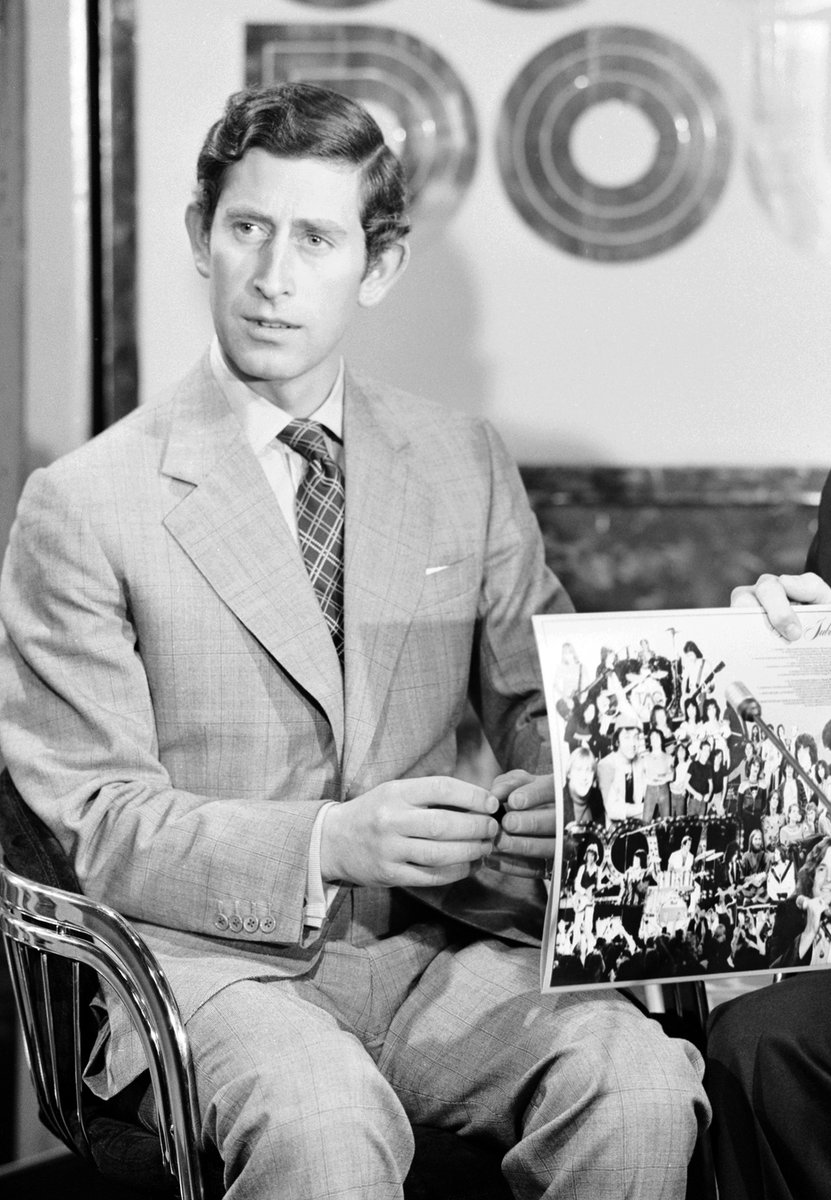
 The term "drape" refers to the extra material around the chest, where excess fabric "drapes" along the armhole. This cut was invented by the Dutch-English tailor Frederick Schlote, who trained Per Anderson, co-founder of Anderson & Sheppard. Here he is with A&S cutter Hitchcock
The term "drape" refers to the extra material around the chest, where excess fabric "drapes" along the armhole. This cut was invented by the Dutch-English tailor Frederick Schlote, who trained Per Anderson, co-founder of Anderson & Sheppard. Here he is with A&S cutter Hitchcock 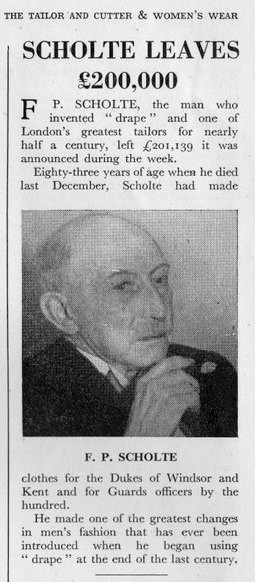
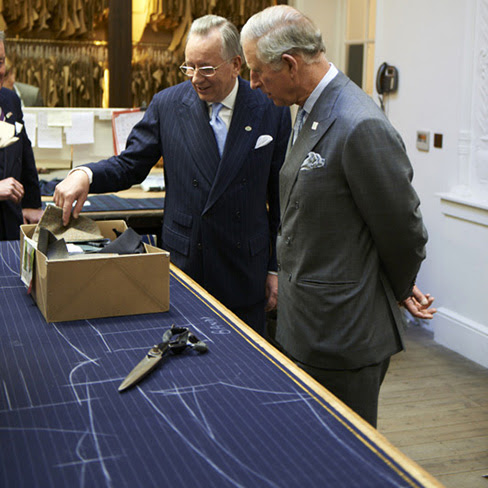
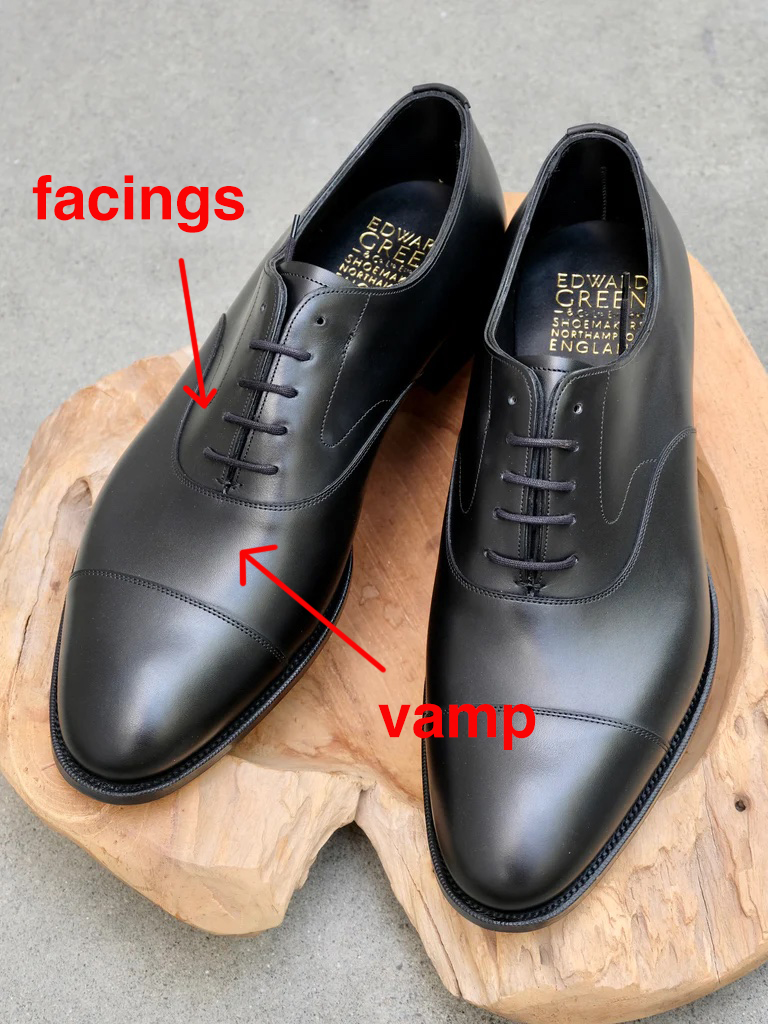
https://twitter.com/21metgala/status/1781312400278368586Let's start with some terminology. "Facings" refers to the part of the shoe that holds the eyelets (through which your shoelaces are threaded). Oxfords have "closed facings," which means the facings are sewn under the vamp. Derbies have "open facings," as the facings sit on top.

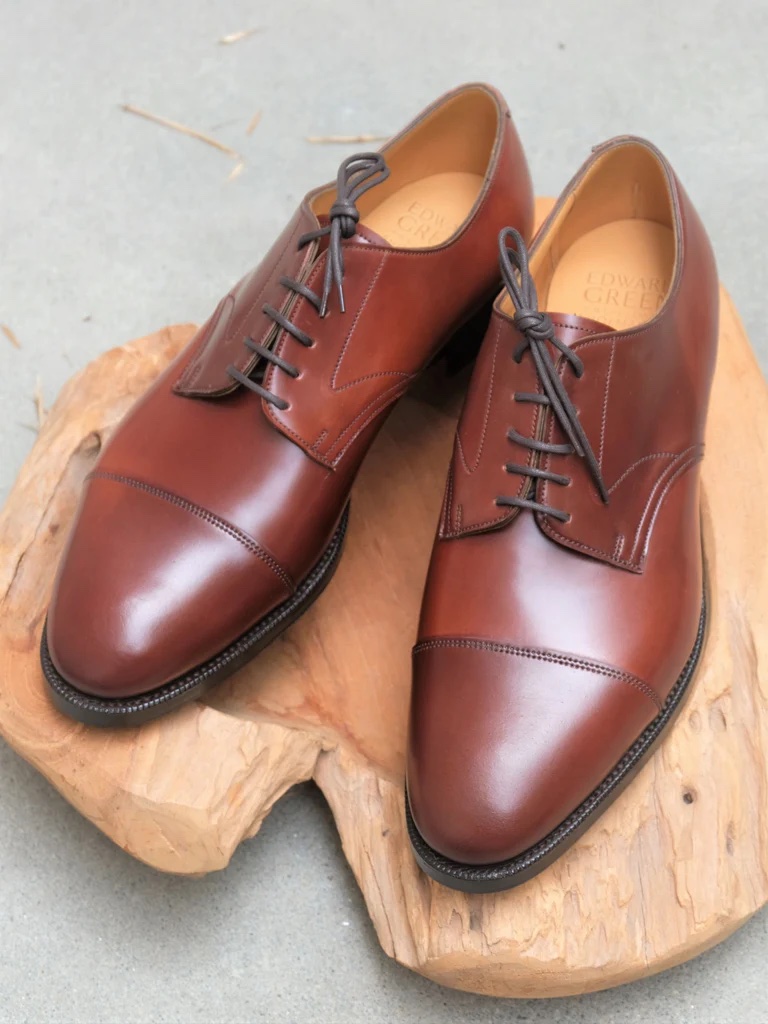

 Fernando Fitz-James Stuart, 17th Duke of Huéscar, might be the second most stylish living royal (after the King of Spain). Let's explore what makes his style so great. And how some of these things can apply to your own wardrobe (I promise, you don't need to be an aristocrat).
Fernando Fitz-James Stuart, 17th Duke of Huéscar, might be the second most stylish living royal (after the King of Spain). Let's explore what makes his style so great. And how some of these things can apply to your own wardrobe (I promise, you don't need to be an aristocrat). 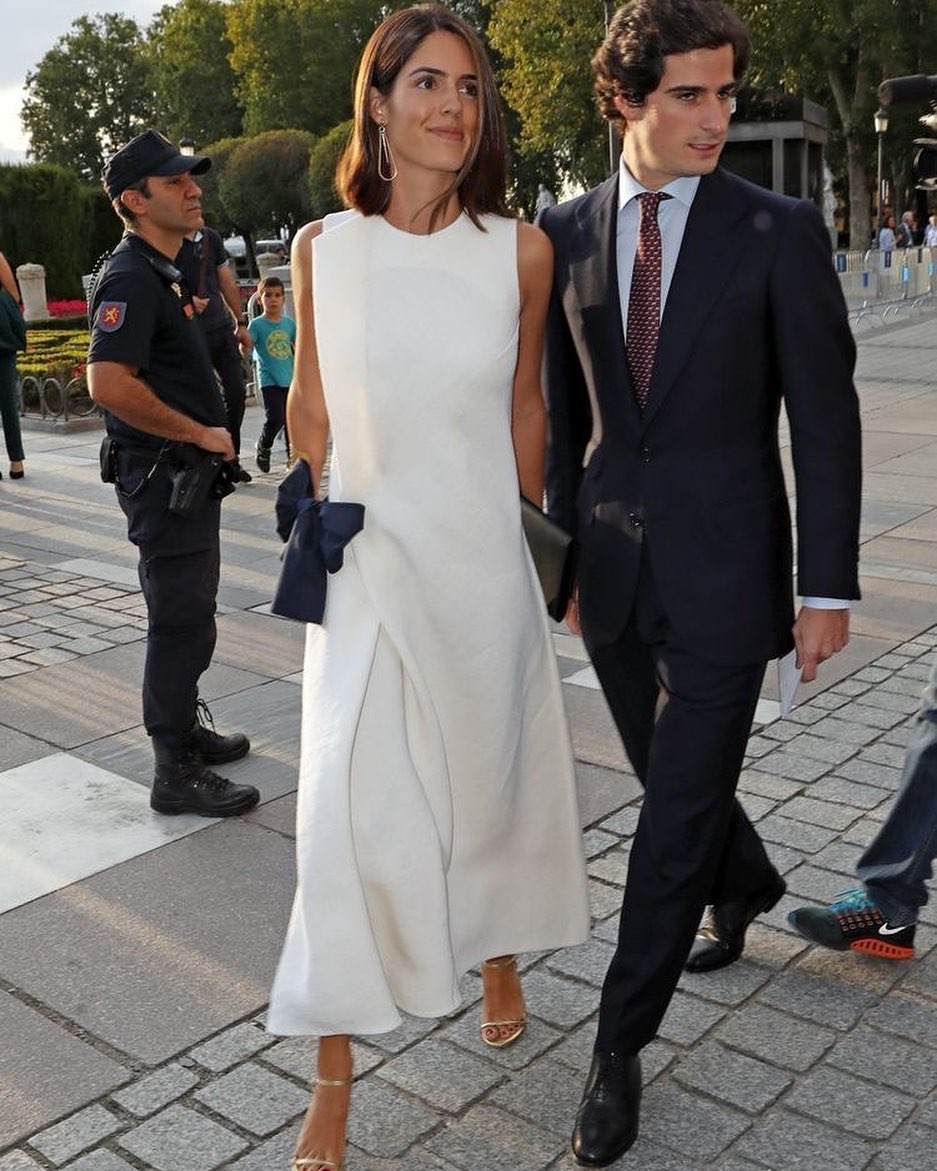

https://twitter.com/Waller7J/status/1778770040281587909We should first start with some definitions. Technically speaking, these are not monograms.



https://twitter.com/THR/status/1779320315098906931The jacket is pretty good in that there's minimal waist pulling, and the collar hugs his neck even as he moves his arms. The main issue is that the sleeves are too slim, causing them to catch on his arms. Compare this to the second pic, where sleeves drape cleanly.




https://twitter.com/bayneframework/status/1776350601091121531When I use the term "aristocrat," I'm referring to the ruling class in Europe with hereditary rank and titles. For the sake of this thread, I will mostly focus on Britain in the 19th and 20th centuries, as that's where we get most of our norms regarding classic men's style.


https://twitter.com/chrisjollyhale/status/1776113497467695615IMO, the best way to have these conversations is to start with what inspires you. When it comes to men's tailoring, I think the period between the 1930s and 1980s, especially as these clothes were worn by certain people, is the most beautiful (in the genre of men's tailoring).

